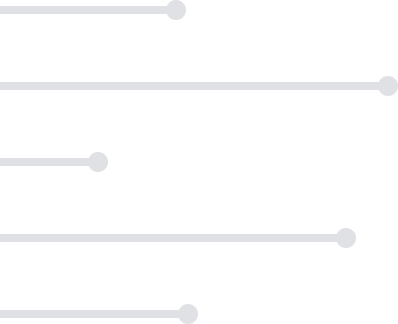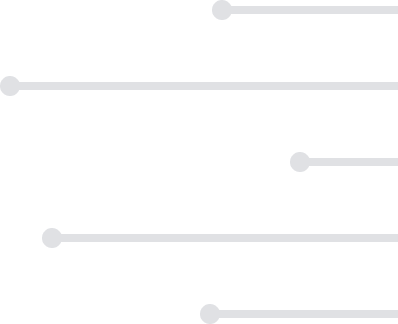
$79
Plus membership
3 Credits
All courses include:
eTextbooks
2 to 3-day turnaround for grading
Multiple chances to improve your grade
On-demand tutoring & writing center
Student support 7 days a week
$79
Plus membership
3 Credits
All courses include:
eTextbooks
2 to 3-day turnaround for grading
Multiple chances to improve your grade
On-demand tutoring & writing center
Student support 7 days a week
Microeconomics
$79
Plus membership
3 Credits
About This Course
ACE Approved 2025
Our Microeconomics online course analyzes the manner in which markets resolve a problem posed by the reality of scarce resources.
What You'll Learn
Define basic economic terminology and concepts including the effects of scarcity and choices, and the role of rational self-interest.
Evaluate the economic way of thinking by applying the following: scarcity, specialization, opportunity cost, marginal analysis, and production possibility.
Analyze the concepts of utility, marginal utility, the law of diminishing marginal utility and how they relate to price elasticity of demand for economic analysis.
Apply the supply and demand model including evaluating price and market output impacts of changing market dynamics.
Compare and contrast the fixed and variable costs: analyze the marginal-cost and the law of diminishing marginal returns concepts.
Evaluate the implications of the production function and the impacts of the diminishing returns and spreading effects on market economies of scale.
Compare and contrast the four basic market models: pure competition, pure monopoly, monopolistic competition, and oligopoly.
Review and analyze the causes and effects of market failures and strategies to mitigate outcomes.
Analyze the relationship between price elasticity of demand and profitability in the context of the market structure.


Your Life, Your Schedule, Your Education
Transfer into over 3000+ institutions that accept ACE courses or transfer directly into 180+ partner schools.
request information
The course provides intensive study of supply and demand analysis. Theories and principles of market behavior are examined and applied to economic issues related to production, consumption, and distribution. The course further evaluates market structure, factor markets, and market failure.
There are no prerequisites to take Microeconomics.
| Topic | Subtopics |
|---|---|
| Economic Thinking |
|
| Supply & Demand |
|
| Elasticity |
|
| Demand |
|
| Perfectly Competitive Supply |
|
| Efficiency, Exchange, and the Invisible Hand in Action |
|
| Monopoly, Oligopoly, and Monopolistic Competition |
|
| Games and Strategic Behavior |
|
| An Introduction to Behavioral Economics |
|
| Externalities, Property Rights, and the Environment |
|
| The Economics of Information |
|
Your score provides a percentage score and letter grade for each course. A passing percentage is 70% or higher.
Assignments for this course include:
- 11 Knowledge Checks
- 1 Paper
- 1 Presentation
- 1 Midterm Exam
- 1 Final Exam
The required eTextbook for this course is included with your course purchase at no additional cost.
Frank, Robert H., Ben S. Bernanke, Kate Antonovics, and Ori Heffetz. Principles of Microeconomics. 2024 Release, McGraw Hill, 2024. ISBN: 9781265399672
Microeconomics students also take:
Helpful resources:







